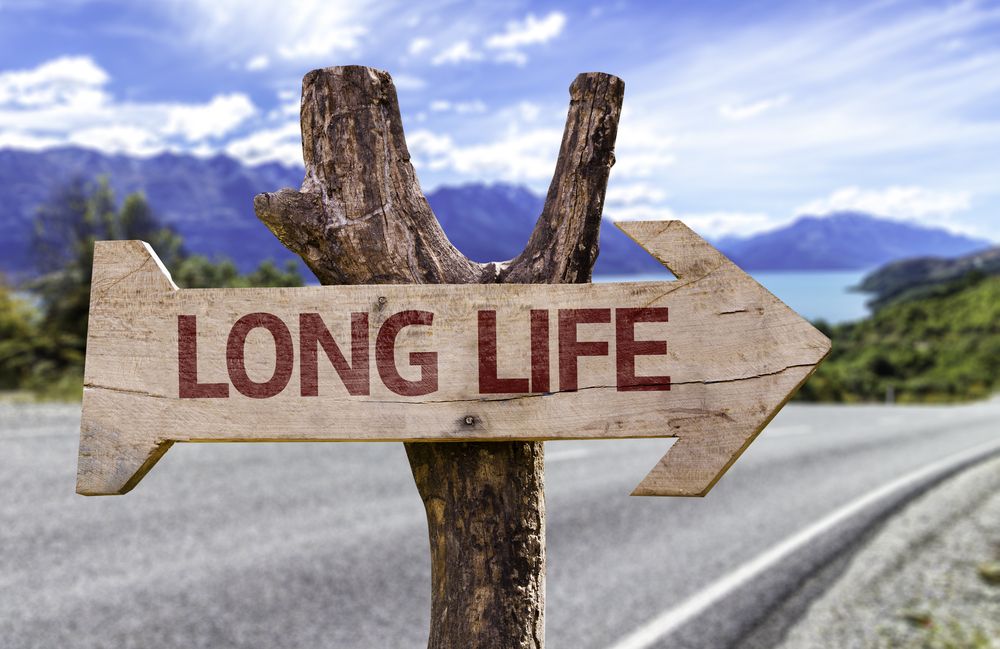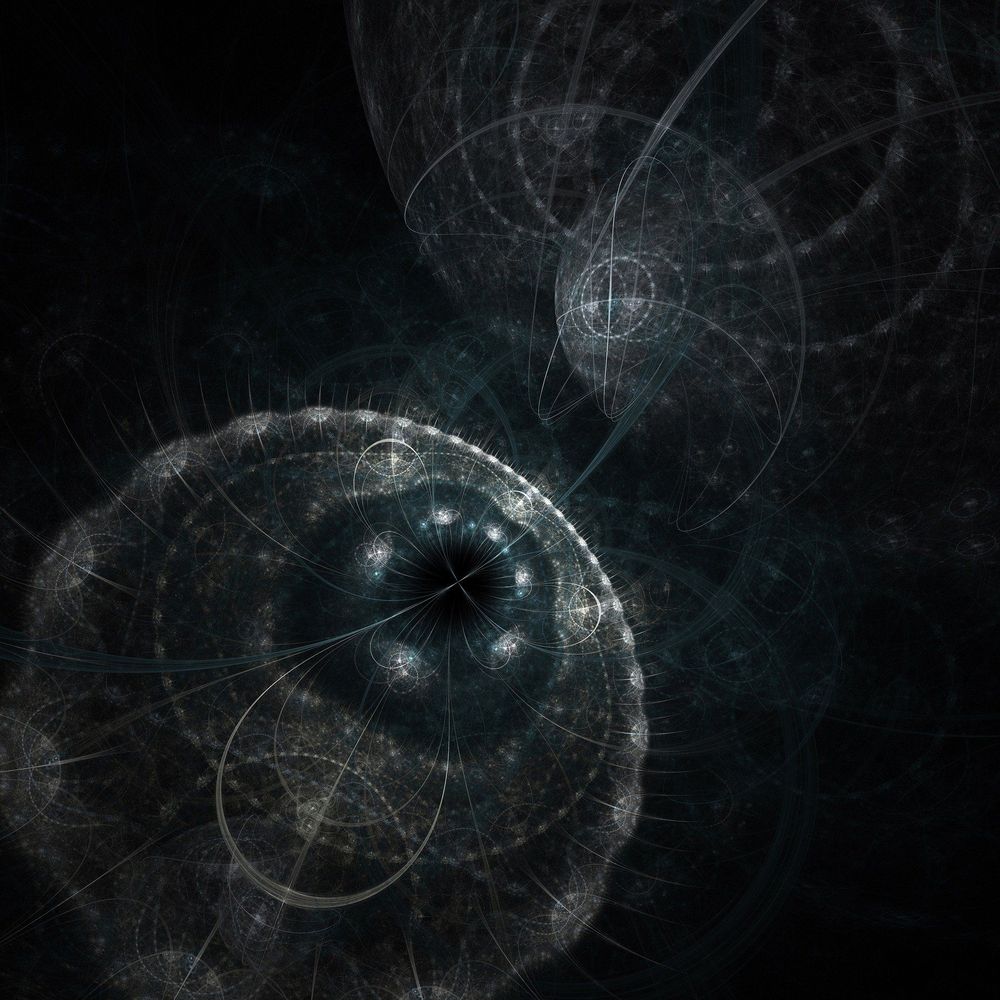ENIAC was the world’s first electronic digital computer, and though it was glossed over in the history books, it was programmed by a team of six women. Remembering their contributions could inspire young women looking to break into the male-dominated tech industry.
Category: computing – Page 819

Momo Is as Real as We’ve Made Her
In the world of social media, this is just the most recent panic over children’s time on places like Youtube. however, it’s important to note that many of these things ARE just hoaxes. As the article mentions, this hoax plays on the guilt some parents have over how much time their children spend on computer screens.
The real “Momo Challenge” is the terror of parenting in the age of YouTube. Here’s the truth of what we know.

Quantum computing: Testing qubits has been put in a faster lane
A way to speed up quantum computer tech progress has arrived from Intel. If you are interested in following the waves and advances in quantum computing, then get familiar with this word trio: Cryogenic Wafer Prober. Before their design, the electrical characterization of qubits was slower than with traditional transistors. Even small subsets of data might take days to collect.
Drug development. Chemistry. Climate change. Financial modeling. Scientists in all areas look forward to more advancements to push quantum computers to the frontlines. Speeding progress could also mean speeding up advancements in science and industry.
“Quantum computing, in essence, is the ultimate in parallel computing, with the potential to tackle problems conventional computers can’t handle,” said Intel.

9 Steps to Start Living Longer Today
An award-winning scientist, engineer, and millionaire several times over predicted that by 2029, humans could start living forever.
That’s right. Immortality is almost here.
This ‘futurist’ has been frightening the masses with his predictions for years.
He predicted the collapse of the Soviet Union, described the rise of the Internet, and foretold the year a computer would beat a World chess champion… along with dozens of other predictions that have come true or are being realized today.

Prospects for Bioinspired Single-Photon Detection Using Nanotube-Chromophore Hybrids
The human eye is an exquisite photodetection system with the ability to detect single photons. The process of vision is initiated by single-photon absorption in the molecule retinal, triggering a cascade of complex chemical processes that eventually lead to the generation of an electrical impulse. Here, we analyze the single-photon detection prospects for an architecture inspired by the human eye: field-effect transistors employing carbon nanotubes functionalized with chromophores. We employ non-equilibrium quantum transport simulations of realistic devices to reveal device response upon absorption of a single photon. We establish the parameters that determine the strength of the response such as the magnitude and orientation of molecular dipole(s), as well as the arrangements of chromophores on carbon nanotubes. Moreover, we show that functionalization of a single nanotube with multiple chromophores allows for number resolution, whereby the number of photons in an incoming light packet can be determined. Finally, we assess the performance prospects by calculating the dark count rate, and we identify the most promising architectures and regimes of operation.

D-Wave announces its next-gen quantum computing platform
D-Wave, the well-funded quantum computing company, today announced its next-gen quantum computing platform with 5,000 qubits, up from 2,000 in the company’s current system. The new platform will come to market in mid-2020.
The company’s new so-called Pegasus topology connects every qubit to 15 other qubits, up from six in its current topology. With this, developers can use the machine to solve larger problems with fewer physical qubits — or larger problems in general.
It’s worth noting that D-Wave’s qubits are different from those of the company’s competitors like Rigetti, IBM and Google, with shorter coherence times and a system that mostly focuses on solving optimization problems. To do that, D-Wave produces lots of qubits, but in a relatively high-noise environment. That means you can’t compare D-Wave’s qubit count to that of its competitors (with D-Wave claiming the superiority of its machine for certain problems), which are building universal quantum computers.

Researchers move closer to practical photonic quantum computing
For the first time, researchers have demonstrated a way to map and measure large-scale photonic quantum correlation with single-photon sensitivity. The ability to measure thousands of instances of quantum correlation is critical for making photon-based quantum computing practical.
In Optica, The Optica l Society’s journal for high impact research, a multi-institutional group of researchers reports the new measurement technique, which is called correlation on spatially-mapped photon-level image (COSPLI). They also developed a way to detect signals from single photons and their correlations in tens of millions of images.
“COSPLI has the potential to become a versatile solution for performing quantum particle measurements in large-scale photonic quantum computers,” said the research team leader Xian-Min Jin, from Shanghai Jiao Tong University, China. “This unique approach would also be useful for quantum simulation, quantum communication, quantum sensing and single-photon biomedical imaging.”
Hybrid material may outperform graphene in several applications
“A structure comprising a molybdenum disulfide monolayer on an azobenzene substrate could be used to build a highly compactable and malleable quasi-two-dimensional transistor powered by light.”
Journal Publication: https://journals.aps.org/…/abstr…/10.1103/PhysRevB.98.

Immunizing quantum computers against errors
Building a quantum computer requires reckoning with errors—in more than one sense. Quantum bits, or “qubits,” which can take on the logical values zero and one simultaneously, and thus carry out calculations faster, are extremely susceptible to perturbations. A possible remedy for this is quantum error correction, which means that each qubit is represented redundantly in several copies, such that errors can be detected and eventually corrected without disturbing the fragile quantum state of the qubit itself. Technically, this is very demanding. However, several years ago, an alternative proposal suggested storing information not in several redundant qubits, but rather in the many oscillatory states of a single quantum harmonic oscillator. The research group of Jonathan Home, professor at the Institute for Quantum Electronics at ETH Zurich, has now realised such a qubit encoded in an oscillator. Their results have been published in the scientific journal Nature.
Periodic oscillatory states
In Home’s laboratory, Ph.D. student Christa Flühmann and her colleagues work with electrically charged calcium atoms that are trapped by electric fields. Using appropriately chosen laser beams, these ions are cooled down to very low temperatures at which their oscillations in the electric fields, inside which the ions slosh back and forth like marbles in a bowl, are described by quantum mechanics as so-called wave functions. “At that point, things get exciting,” says Flühmann, who is first author of the Nature paper. “We can now manipulate the oscillatory states of the ions in such a way that their position and momentum uncertainties are distributed among many periodically arranged states.”
